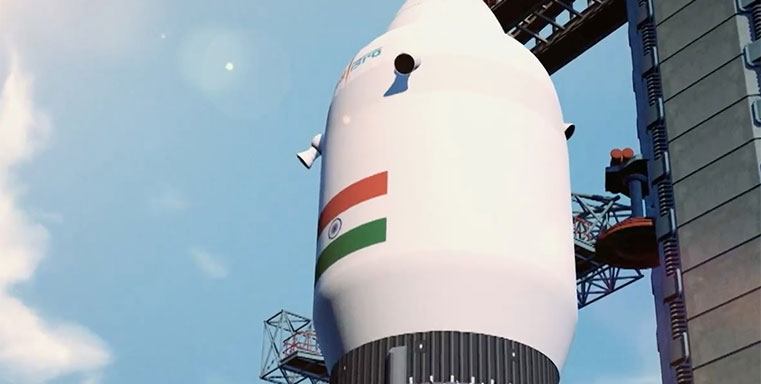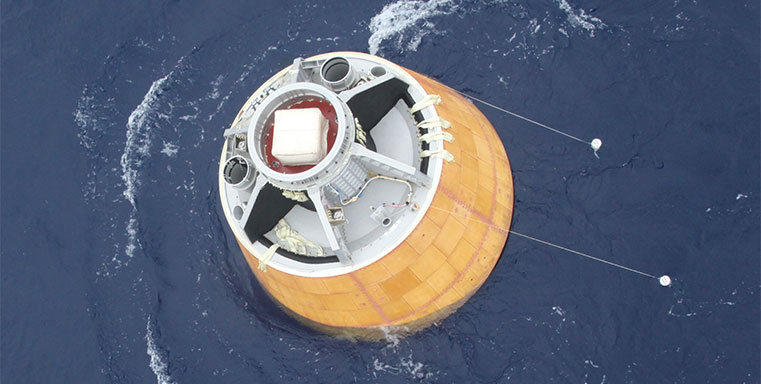
Origin and specifications of the mission
During his independence day speech on 15 August 2018, the Prime Minister of India, Narendra Modi, revealed that the nation is planning its maiden crewed orbital spacecraft mission called Gaganyaan. Gaganyaan is a Sanskrit word which means ‘Sky Craft’. The total estimated cost of the programme is 9023 crore INR (approximately 1.2 billion USD). In the mission, a predominantly autonomous 5.3 metric tonnes capsule will orbit Earth with 2-3 crewed members at an altitude of 400 km for around a week.
The announcement of the Gaganyaan mission gave the much-needed push to Indian Human Spaceflight Program (IHRP), the seeds for which were first sowed in 2004. Despite that, during the last decade, the government kept the proposal to launch a crewed mission in cold storage due to its emphasis on satellite launches and orbital missions to the moon and mars. Another stepping goal was achieved in 2017 with the development of a heavy lift launch vehicle, GSLM MKIII, by the Indian Space Research Organisation (ISRO). Once successful, India will mark its entry into the prestigious club of countries with human spaceflight capabilities. Currently, three countries in the world, Russia, USA and China, possess such capacity.
The Gaganyaan mission’s intent is not just to demonstrate a human spaceflight to Low Earth Orbit (LEO) but to set the technological groundwork for a sustainable Indian human space exploration programme in the long run. ISRO is considering the Gaganyaan mission as the first step toward establishing a space station. For the first time, a mission of this scale and complexity is being conducted, where more than ten government agencies and institutions are directly involved. Apart from ISRO, Defence Research and Development Organisation (DRDO) and Indian Air Force are playing a prominent part in the execution of the mission.

Astronaut training for the Gaganyaan
On 27 June 2019, ISRO’s Manned Space Flight Centre and Russias’s Glavkosmos company, a unit of Roscosmos State Corporation, inked an agreement for the training of Indian astronauts. ISRO selected four serving Indian Air Force Pilots as the possible candidates for the mission. Before going to Russia, all four pilots completed their first round of training at Bidar in the North Karnataka region of India. After multiple delays due to the COVID-19 pandemic, the four astronaut-selects completed the second leg of their training at the Yuri Gagarin Training Centre in March 2021.
Inching towards the launch
As of July 2022, ISRO is preparing to conduct the first abort demonstration test for the Gaganyaan mission. It is slated to happen in the coming September. The test will be conducted with the help of a special test vehicle, from which the crew module will separate at an altitude of 11 km from the mean sea level. The separation of the crew module will go up to 15-16 km and then fall back to the Bay of Bengal.The launch of the crewed mission is still at some distance as it will be green-flagged only after the successful launch of two uncrewed test missions, which are expected to happen after the second abort mission.

The way forward
The last time an Indian had the opportunity to view mother Earth from space was in 1984 when Wing Commander (retd.) Rakesh Sharma orbited the Earth as part of a Soviet mission. If everything goes as expected, the wait for the second Indian to reach space will be over in 2023. As the nation of 1.4 billion people is celebrating 75 years of its independence in August, the one thing which looks certain is that the role of the space sector in its development is only going to increase.